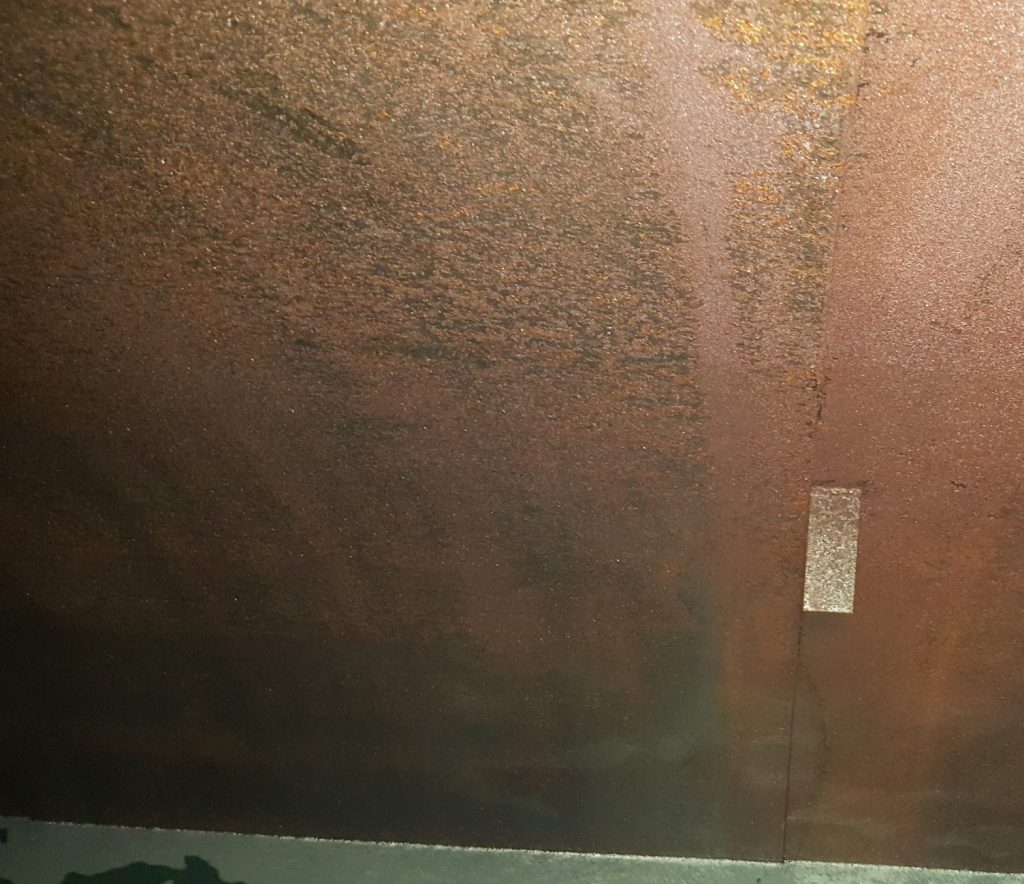It is no secret the damage unchecked fuel systems incur due to microbial contamination. Product loss, liability increases and Microbial Influenced Corrosion (MIC). MIC is responsible for significant financial cost. According to NACE International, corrosion within the fuel industry accounts for over $7 Billion in annual losses.
There are three microorganisms, two of which are commonly found in fuel: algae, bacteria and fungi. Algae, rarely found in fuel, does not appear to be a major contributor to fuel system damage. Yeast and molds are the most common fungi found. Fungi often observed in the water-fuel interfaces on the bottom of tanks form a thick membrane or film evident in bottom samples. Bacteria are single-cell microorganisms found everywhere. Three broad types are relevant to the fuel industry: aerobes, anaerobes and facultative anaerobes.
Aerobic bacteria require oxygen to survive. Some can remain dormant in the lack of oxygen. Oxygen found commonly in water-fuel interfaces and condensation provide a ready source. Anaerobic bacteria cannot tolerate oxygen and will likely die; others can remain dormant. The most common and damaging anaerobe found in fuel systems is Sulphate Reducing Bacteria (SRB) most associated with MIC. Facultative anaerobes can survive in both oxygen and anoxic (without oxygen) environments.
The most important thing to realize is that no one single microbe is causing the problems associated with MIC. Microbes work in consortia (communities working together). Biodeterioration (the detrimental change to materials due to bioorganic activity) results from microbes working together.
Microbes require both nutrients and water to grow. There are two categories of nutrients: macro and micro. Macronutrients are needed in large quantities for sustainable microbial growth. Common macronutrients found in hydrocarbons are carbon, hydrogen, oxygen, nitrogen, sulphur and phosphorus. Micronutrients or trace elements include calcium, potassium, sodium, magnesium, iron, manganese, nickel, cobalt and copper. These are needed in smaller amounts for microbial growth. Fuel systems provide the necessary nutrients and water to support microbial growth. They are often referred to as “hydrocarbon utilizing microbes – bugs” or humbugs. They live in the suspended water, water vapor and water layers in the fuel. As they eat fuel and produce acidic byproducts resulting in MIC.
Metal that is exposed both in the fuel and in the vapor space are susceptible to accelerated corrosion. MIC is a direct result of unmanaged fuel systems. Fuel cannot go unmanaged. Regularly monitor water levels and immediately removal of any found is an imperative. Sample fuel on a regular basis to identify the presence of water and other contamination. Clean the fuel and system when necessary. USE A FUEL BIOCIDE! The only way to rid fuel of microbial growth is through the use of a biocide.
Biobor®JF is the original, industry standard biocide since 1965, used in the most critical application – aviation. Independently tested, EPA registered and OEM approved for use in all hydrocarbons. It does not adversely affect fuel chemistry and is more stable, less corrosive and safer to handle than other products. The Biobor® family of additives includes diesel fuel and gasoline products designed to remediate, stabilize, clean and enhance fuel. If you manage fuel and fuel systems, and are not using Biobor® additives as a way to reduce costs, downtime, liabilities and risk, contact us and learn how we can help. If you are using someone else’s products find out why you need to make the change to Biobor®. Join the Biobor®Revolution and be a part of the Biobor®Advantage.
Follow BioborShare the Post












